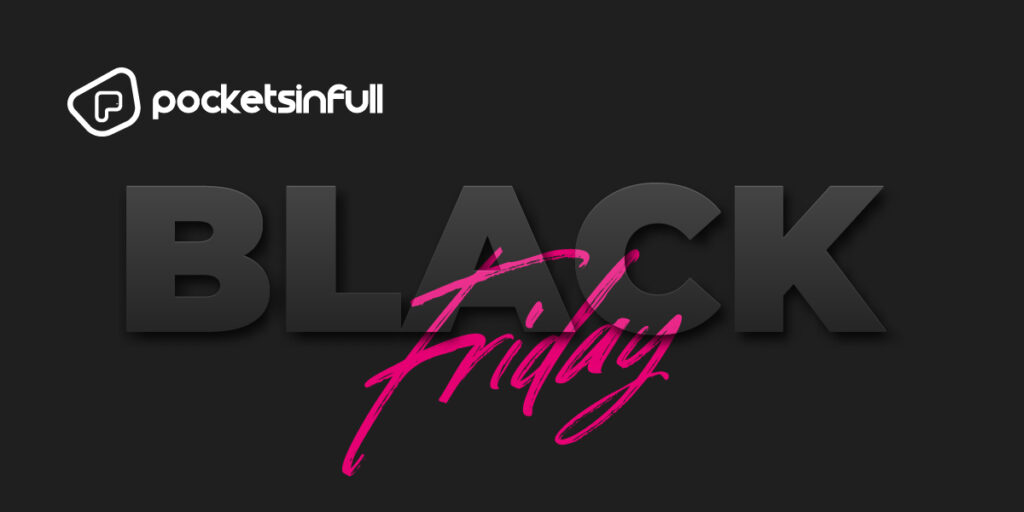

Embark on a journey through time as we unravel the fascinating history of Black Friday. Originating in the mid-20th century, this iconic shopping phenomenon has transformed from a humble start to a cultural extravaganza. Discover the roots of Black Friday, tracing its evolution from a term associated with financial crises to the bustling post-Thanksgiving tradition we know today. Stay with us throughout the journey as we delve into the moments that shaped this day into a retail spectacle, exploring its cultural impact and the reasons behind its meteoric rise. The history is not just a story of sales but a reflection of changing consumer behaviors and the pulse of our modern shopping landscape.
All About Black Friday
For millions of individuals, Black Friday marks the opportunity for significant Christmas shopping – occurring even before the remnants of Thanksgiving meals are finished! This day, falling on the Friday after Thanksgiving stands out as one of the pivotal shopping occasions in the United States, typically ranging from November 23 to 29. In this year, Black Friday is on November 24. Despite lacking official recognition as a U.S. holiday, numerous employees enjoy the day off, except for those employed in the retail sector.
All About Black Friday
For millions of individuals, Black Friday marks the opportunity for significant Christmas shopping – occurring even before the remnants of Thanksgiving meals are finished! This day, falling on the Friday after Thanksgiving stands out as one of the pivotal shopping occasions in the United States, typically ranging from November 23 to 29. In this year, Black Friday is on November 24. Despite lacking official recognition as a U.S. holiday, numerous employees enjoy the day off, except those employed in the retail sector.
History of Black Friday
The term “Black Friday” was initially coined not in the context of post-Thanksgiving shopping but in relation to a financial crisis. Specifically, it referred to the U.S. gold market crash on September 24, 1869. Jay Gould and Jim Fisk, notorious Wall Street financiers, collaborated to amass a significant portion of the nation’s gold, intending to inflate its price and reap substantial profits. However, their conspiracy unraveled on that Friday in September, triggering a stock market collapse and financial ruin for individuals ranging from Wall Street magnates to farmers.
The widely circulated narrative connecting the tradition to Thanksgiving shopping is commonly associated with retailers. According to this story, after operating at a loss (“in the red”) throughout the year, stores were believed to turn a profit (“went into the Black”) on the day following Thanksgiving, thanks to holiday shoppers spending generously on discounted items. While it is accurate that retail businesses used to denote losses in red and profits in Black during accounting practices, this version of Black Friday’s origin, despite being officially endorsed, is an inaccurate account of the tradition’s beginnings.
Contrary to the rosy picture painted by retailers, the genuine history of Black Friday is less cheerful. In the 1950s, the city of Philadelphia’s police used the term to depict the tumult that unfolded on the day following Thanksgiving. This chaos ensued as throngs of suburban shoppers and tourists inundated the city ahead of the annual Army-Navy football game held every Saturday. Philadelphia police not only couldn’t take the day off, but they had to endure extended shifts managing the heightened crowds and traffic. The bedlam in stores also provided shoplifters with an opportunity to seize merchandise, compounding the challenges faced by law enforcement.
2022 Inflation Enters The Picture
In 2022, many retailers made the decision to close their stores on Thanksgiving Day permanently. Target committed to this policy, emphasizing its long-term stance, and Walmart’s CEO declared that keeping stores open on Thanksgiving was now a thing of the past. Although supply chain issues were less prominent in 2022, inflation played a significant role in driving up product prices. Online Black Friday spending in the U.S. reached a record high at $9.12 billion, driven by both consumer purchases and the impact of higher prices, even during sales. Mobile shopping also experienced a notable uptick, constituting the majority of sales at 51%, up from 46%.
Shopping Discount for Black Friday
So, it is recommended to talk to the department and come to a conclusion. However, if you fail to reach any conclusion, then no worries. You can get your desired result by following other steps.
Black Friday2023 Predictions
As we are going to approach Black Friday within a few days, it’s important to note that some details may evolve before the much-anticipated shopping event. Drawing insights from the trends observed during the 2022 Black Friday season and considering the information currently available, we have formulated a set of predictions for what we anticipate in 2023.
Black Friday Deals: Early Sales
The trend of the “Black Friday creep” observed in recent years is here to stay. In October 2023, various major retailers such as Amazon, Best Buy, Target, Walmart, and many more have already initiated significant sales. We expect these same retailers, including Best Buy, which has already confirmed, to kick off pre-Black Friday sales in early November.
Although certain doorbusters and popular items may only be available for a few minutes on Black Friday, a plethora of online deals is expected to persist throughout the entire month of November.

Note : Earn money through Pocketsinfull by playing games online and do shopping this Black Friday with all your heart.


